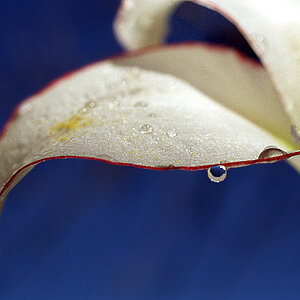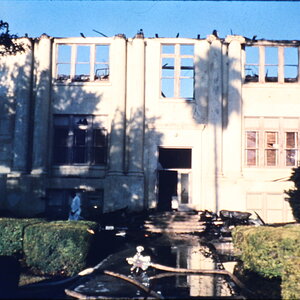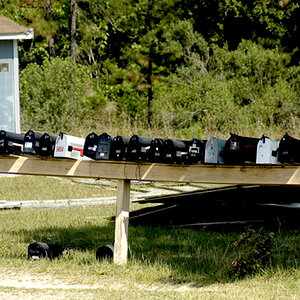Myu
TPF Noob!
- Joined
- Apr 9, 2012
- Messages
- 4
- Reaction score
- 0
- Location
- Austin TX
- Can others edit my Photos
- Photos OK to edit
Okay so I am looking to get a light meter just for playing around with, a cheap one at $25 or so which I have found. I won't be using it for photography as my camera has a built in one that reads in stops rather than lux. My cousin is getting into film photography, and he would have use for a light meter for his 35mm camera (that has none). If I got it, it would be to play with it and see how much brighter my art lights get as they warm up. Then just give it away for him to use. So the question is, a meter with a +/-3% and resolution of 1 lux, how well will it be reading f-stop? If it would have an f-stop error grater than 1/2 a stop it wouldn't be worth getting cause my reason is stupid and he has an iphone app that I bet could get with in 1 f-stop.
When I searched google I kept getting over complicated answers that said everything but what tolerance lux measurements need to be to have use. I just want to know how accurate a light meter has to be to work well for photography.
When I searched google I kept getting over complicated answers that said everything but what tolerance lux measurements need to be to have use. I just want to know how accurate a light meter has to be to work well for photography.


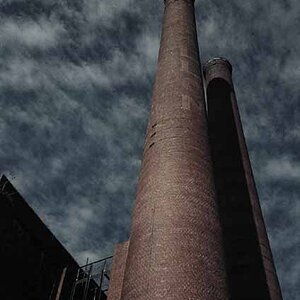
![[No title]](/data/xfmg/thumbnail/42/42267-2fff585000110a96fd9ac3ff09cceb95.jpg?1619740076)
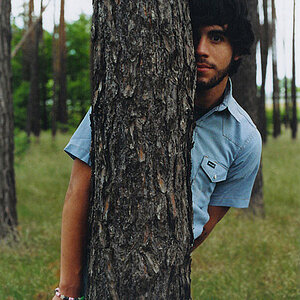
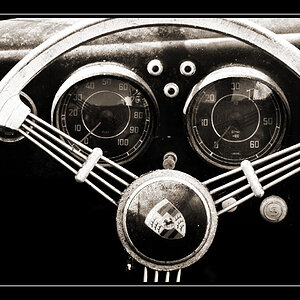

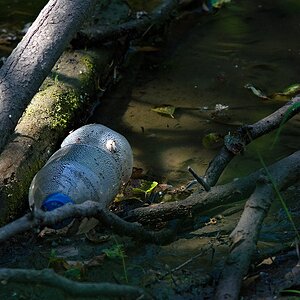

![[No title]](/data/xfmg/thumbnail/37/37602-1ef8dbb1c2d0e4ff347ee65d328c3603.jpg?1619738147)
